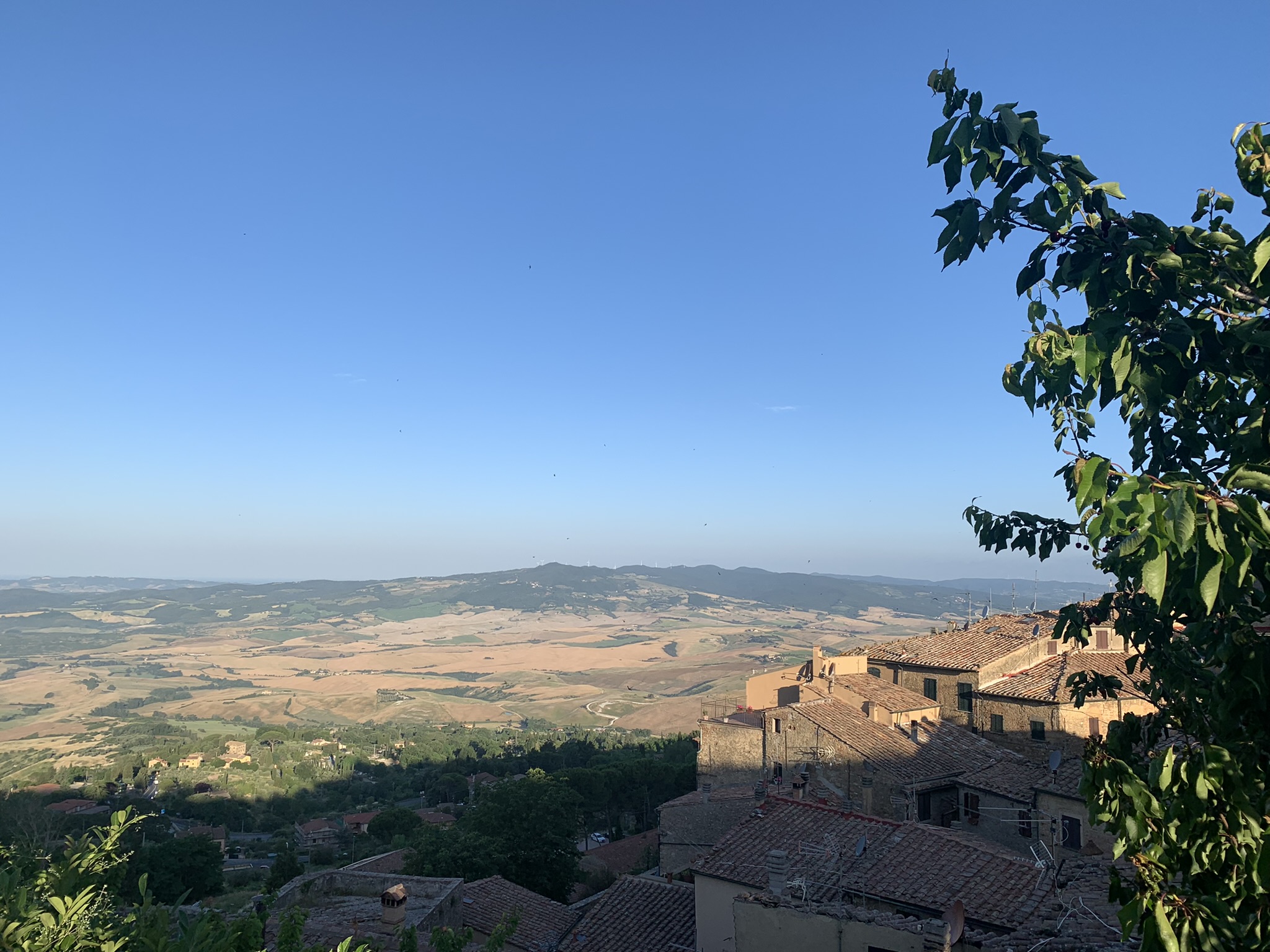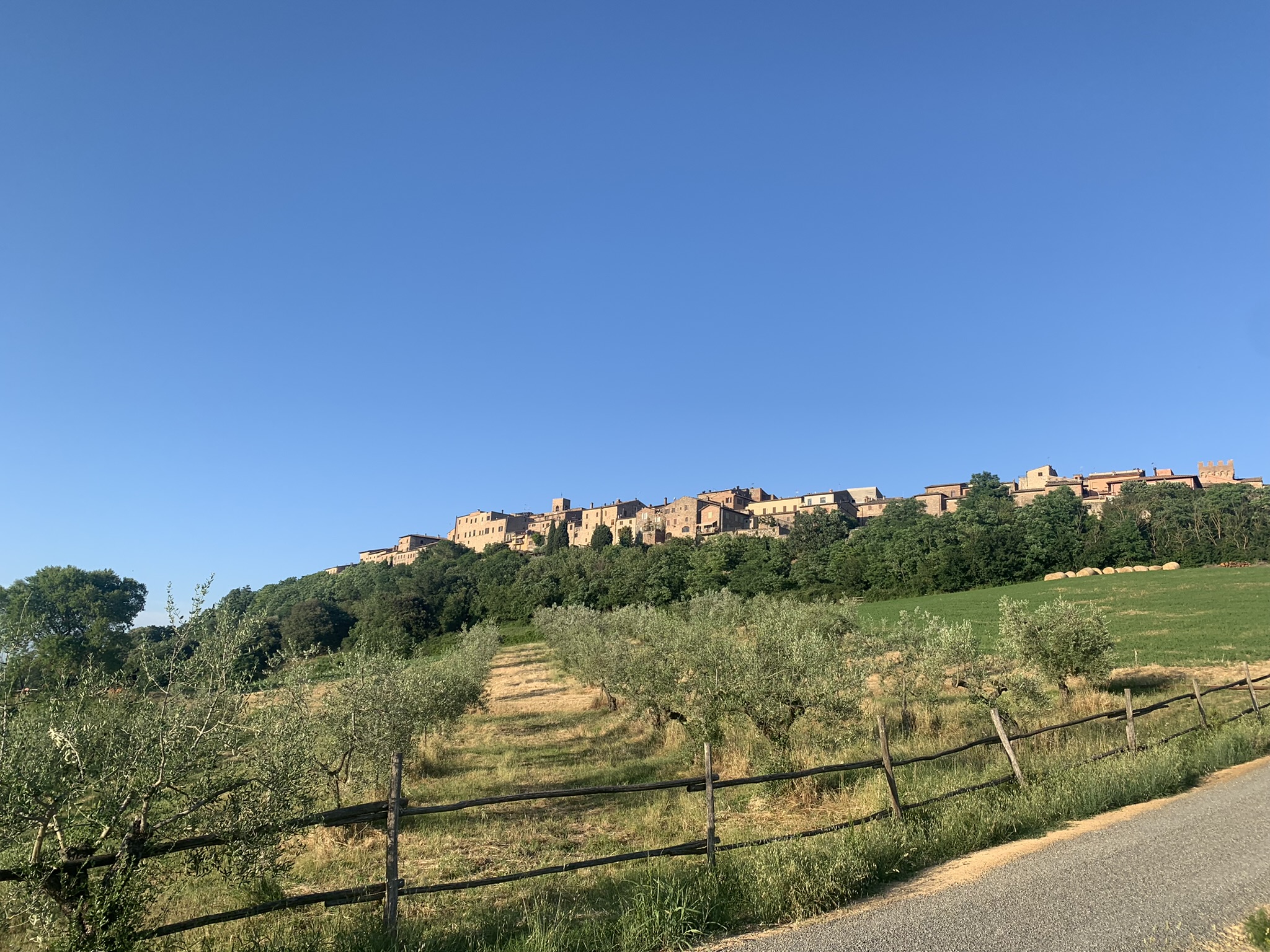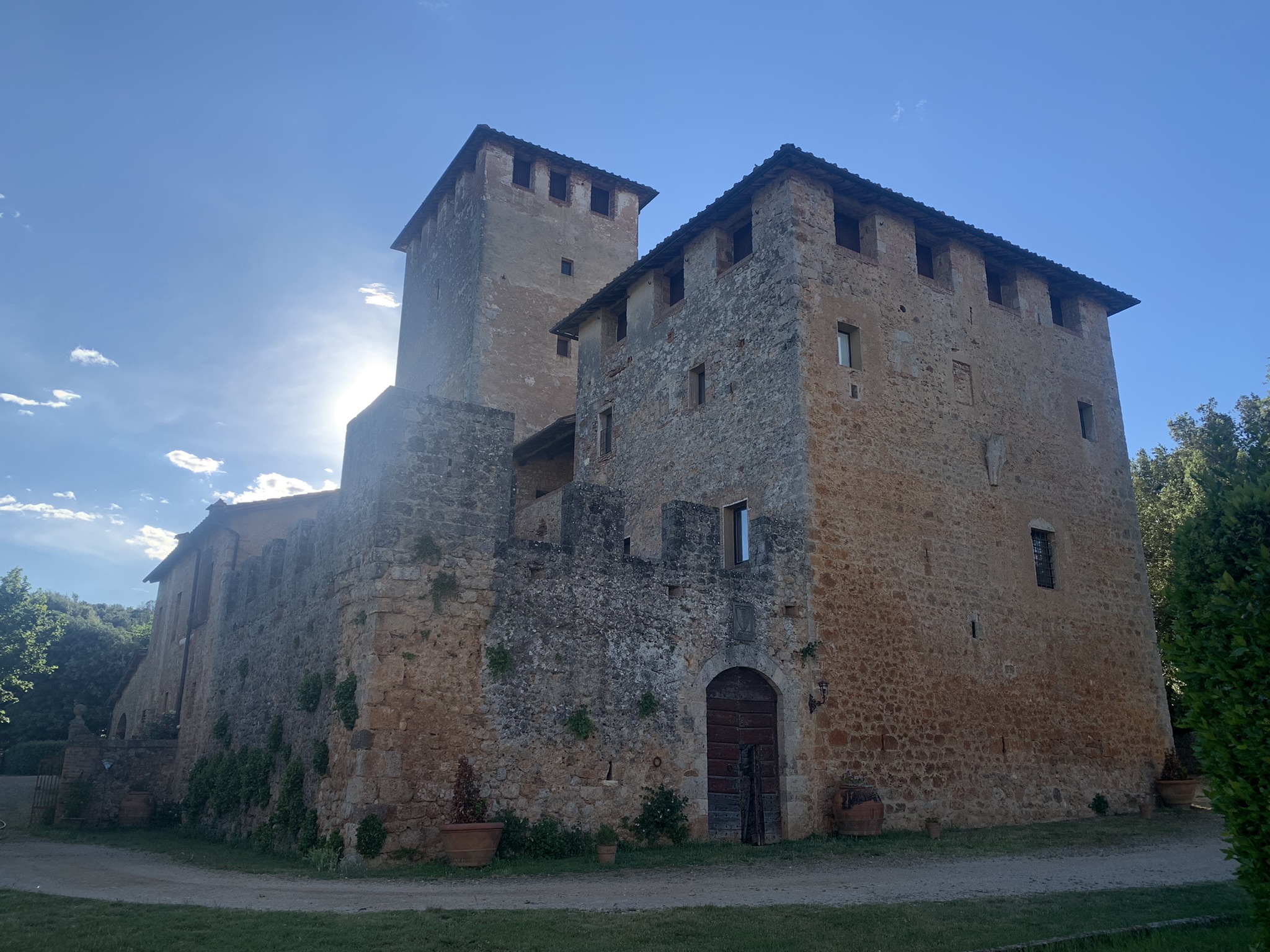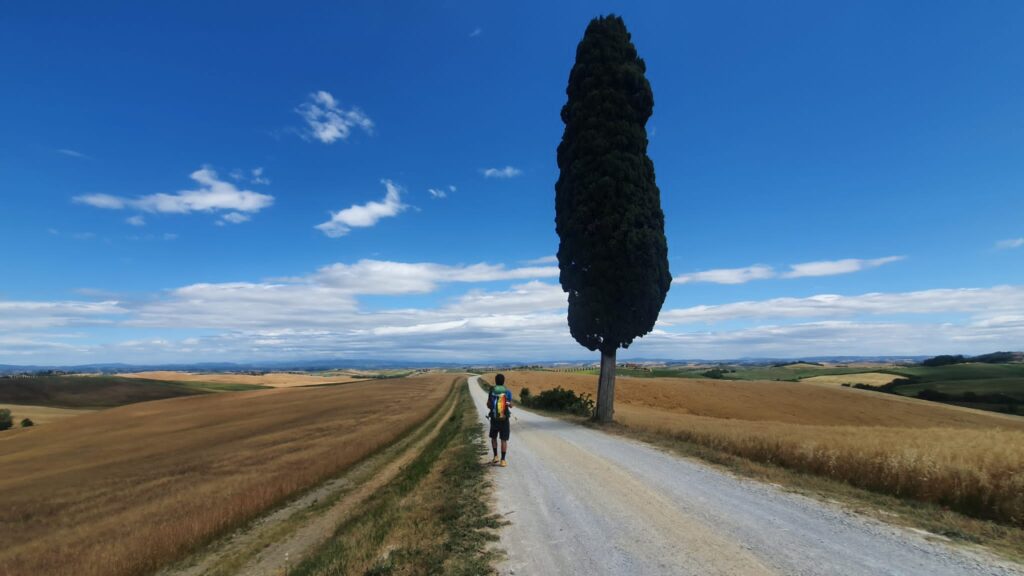The experience
The Way of Etruria: an itinerary along the ancient Etruscan cities
The Camino d’Etruria is made up of two twin itineraries that wind for more than 400 kilometers: one that goes from Pisa to Volterra and another that goes from Volterra to Chiusi, in the province of Siena. Like all paths, it aims to overturn the concept of mass tourism by directing the tourist to smaller villages, steeped in history and authenticity. In these places, in addition to a better quality of life, you can enjoy authentic experiences.
For both sections it is possible to request the gpx tracks which are also essential as the path is not yet marked on the ground. When one thinks of the great civilizations of the Italian past, the mind immediately refers to the Romans; yet not everyone knows that this people, who dominated the world for centuries, drew a lot from another civilization that excelled on Italian soil: the Etruscans. The stages of the Volterra – Chiusi section unfold in their footsteps.
Through the Camino d’Etruria you find yourself in most cases on secondary and country roads, well away from traffic and immersed in a bucolic atmosphere where the glories of a past as distant as it is fascinating still echo. It starts from Volterra, the city of alabaster, located in the heart of the Pisan Maremma. The Etruscans in Volterra live partly in the city walls, in the Porta Diana and in the small Acropolis where the remains of warehouses and places of worship are visible.
The territory involved in the route is located in the central-eastern area of Tuscany and crosses the provinces of Pisa and Siena. The route insists on an area that alternates urban areas with hilly areas of naturalistic and historical interest. You can admire a series of Tuscan landscapes among the most famous in the world: from the hills of Volterrano and the forest of Berignone – Tatti, to the Pietraporciana Reserve to the site of community interest such as the Montagnola Senese, up to the magnificent Val d’Orcia, Val di Merse, the Crete Senesi and the Val di Chiana.
This itinerary has been created in synergy with “Smart Walking”, Davide Fiz’s project that combines trekking and agile work, to enjoy tourism and work slowly, with a backpack on your shoulders and the desire to discover the historical and naturalistic heritage of our territories!
Shortly
Tour
From Volterra to Casole d'Elsa
The first stage of this part of the Camino d’Etruria starts from Volterra.
On the old wooden table in a kitchen I write on the PC with the window open in front of me. My gaze immediately meets my Saucony Peregrine 12 resting on the windowsill shaded by the roof. I go further and there are three colors that are declined before the eyes. From top to bottom: the blue of a clear June sky, the browns of the tiles, the windows, the bricks of the old village of Casole d’Elsa, perched on a slope where the green – of the trees and meadows – dominates unchallenged.
I finished the first stage of the walk in central Etruria: I walked with Gianfranco Bracci – creator of the new stretch – on the winding dirt roads and lush paths of the Berignone Forest Nature Reserve; always surrounded by panoramas that characterize the Tuscan hills and make them unique in the world.
Casole d’Elsa deserves the half day free that the walker has at the end of the stage. I had to dedicate the afternoon to my commercial sales work, but I managed to carve out an hour to get lost in the historic center and visit the civic archaeological museum, rich in Etruscan finds.
The first stage ends in Casole d’Elsa, an ancient village of Etruscan origin located in the picturesque hilly area of the Montagnola Senese. The Rocca, from the mid-fourteenth century, dominates the town with its circular towers and houses the interesting ArtViva Art Gallery. To see the Collegiate Church of Santa Maria Assunta; inside the Archaeological Museum you can admire artifacts of Etruscan workmanship and more, such as a marble head depicting a Greek deity.

From Casole D'Elsa to Quartaia
The Camino d’Etruria continues with the Casole D’Elsa – Quartaia stage. The last stretch is shared with the Via Francigena, where I stop at Campo Piro e More, an open space for pilgrims. Here there is the possibility of refreshment or overnight stay in a tent: everything is available – by donation – thanks to Monica’s commitment who brings food and drinks daily.
By a twist of fate, I find myself staying overnight at Villa San Donato di Quartaia, on whose wall I had lunch in 2018 during the San Gimignano – Monteriggioni stage. The whirlwind of memories today has had the upper hand.

From Quartaia to Colle di Val d'Elsa
Of the third stage of the Camino d’Etruria I walk the stretch from the Etruscan mound of Mucellena to Sovicille. I was accompanied by Sandro Frascarelli and three of his friends. After visiting this Etruscan testimony immersed in the woods and dug into the hill, we crossed the Montagnola Senese (site of community interest) to reach the Pieve di Pernina where a tree full of mulberry trees offered us an exquisite snack.
From the Hermitage of Cetinale we descended on the stone steps of the Holy Stairs. After an excellent lunch at the Ristoro di Ponte allo Spino I was able to work from the enchanting castle of Poggiarello.
From Colle di Val d'Elsa to Sovicille
Last stop on this itinerary along the Camino d’Etruria. After months of phone calls, emails and whatsapp, today I finally meet Diego Vichi – archaeologist and point of reference for the journey together with Gianfranco Bracci – and Stefania Zolotti – director of Senza Filtro, the monthly magazine of Fiordi Risorse. Stefania joined me to walk together and I thank her for the precious company.
In front of his pen I bow and today the description of the stage passes through his words: “We only did dirt roads, a forest in the middle, the meeting with the factotum of the Castle of Grotti – Cristiano, who lives a stone’s throw from Orgia where everyone takes selfies in front of the sign, a fan of the Palio di Siena but even more a fan of the owner of the castle who makes it live: “An incredible person, I would even work for him for free”
And then Graziano Machetti of the Agriturismo La Roverella who on paper is vice president of the Pro Loco Ville Di Corsano but is in fact a photographer, archivist, author, architect, oil and wine producer, historian, designer, lover of maps and above all of memories.
Graziano has given us a piece of his skin and that of the place, that is that story that is now gone forever but that he tries every day to hold, with both hands, as if he were a goalkeeper at the World Cup final: he reconstructs the trades of the land, the countryside, the peasant life, the rites, the traditions, the Etruscans, the seasons that were once full.
Until Graziano tells us about the famous solitary cypress and takes us there: he has been photographing it for years, with the fog, with the sun, the rainbow, the rain, with the sultriness, with nothingness. Any excuse is good to see it, it goes there as you go to a friend, or at least I heard this. And who forgets Graziano anymore.”

Let us guide you on your journey to the Roots
Don't miss the opportunity to explore the places that have shaped your origins, request a tailor-made itinerary without obligation
